The field of respiratory medicine alongside medical emergencies has been a lifelong journey that has witnessed many innovations. This creative advancement and conventional expansion with the help of several modifications of mechanical ventilation have brought more options and opportunities for saving lives, and an increase in positive health outcomes.
Sometimes, the administration of this respiratory developmental ingredient (Mechanical Ventilator), is one of the major requirements that necessitate the doctor’s maximum engagement, leading to a patient’s admission to an intensive care unit (ICU). Also, the growth and intricacy of Mechanical ICU ventilators are tantamount to respiratory healthcare advancement.
Explore the technological advancement in mechanical ventilators as this article will provide you with a historical knowledge of ventilators, some of the modern innovations in ventilator technology, and the future of ventilation.
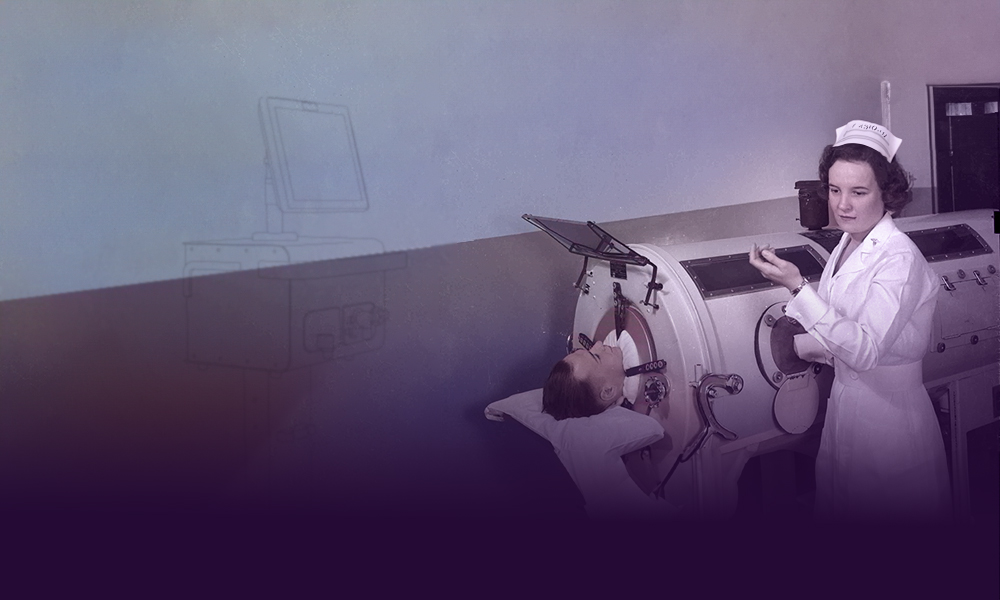
A Brief History of ICU Ventilators
The invention and use of ventilator technology has been dated far back to the days of the scriptures. This historical essence started in 1923 and has evolved over a series of decades to date. The history of ventilators can be subdivided into four subsets of evolutions which are:
The Era of Iron Lung and Modification (1920s – 1960s)
This era of ventilator invention started during the polio epidemic featuring various versions of mechanical ventilation called Iron Lung in 1928. This iron lung is a non-invasive negative pressure ventilator by Philip Drinker and Louis Agassiz Shaw. This invention undergoes further development that births non-invasive positive pressure ventilation – an innovation like the Bennett MA-1 in the 1950s by John Haven Emerson.
The Era of ICU Ventilators Service and Microprocessor Introduction (1960s – 2000)
After the invention of positive-pressure ventilation, there has been a lot of improvement and transformation in ventilator modes (also called respirators). This transformation brings about the release of Forest Birds (Bird Mark 7 respirator) and the introduction of this invention to the intensive care unit service.
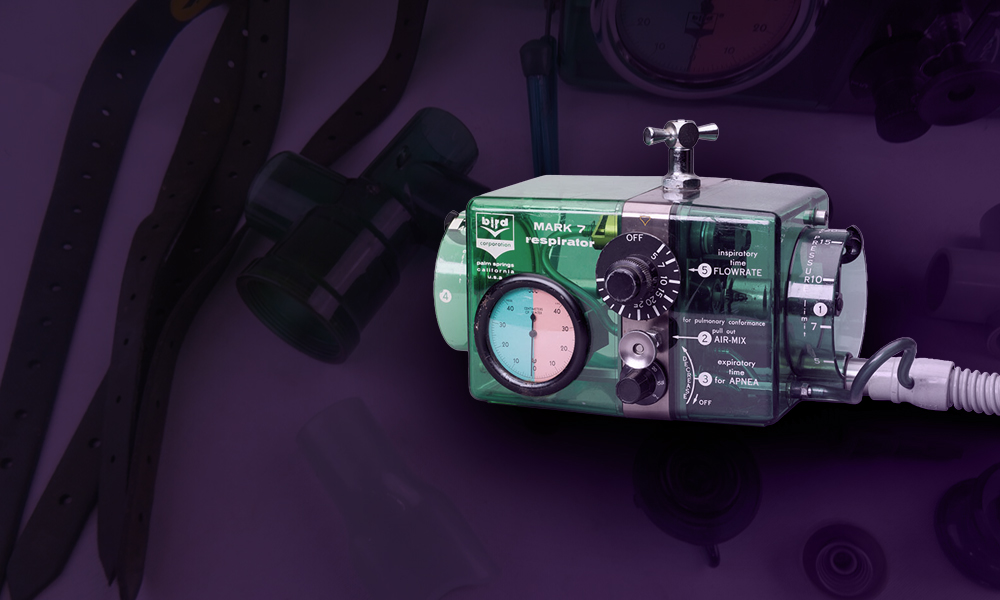
The “Bird” respirator in ICU became transformed as a result of Björn Jonson’s invention of the SERVO 900 ventilator (Elema-Schönander) over the years. In the 1980s there was the introduction of a microprocessor which led to ICUs’ third-generation service with further progress as a result of monitoring patient breathing curves on an LCD monitor.
The Era of Smart and Open Source Ventilator Modes (the 2000s – Till Now)
After the impact of the Microprocessor, during the 2000s there happened to be more touch of technology as a series of smart ventilators and a more refined patient interface that saw non-invasive ventilators coming to the limelight. Later during the COVID-19 pandemic in the 2020s, there were a lot of ventilator considerations.
Modern Innovations in ICU Ventilators Technology
Mechanical Ventilator modes have been in existence for over a century with a lot of improvements and innovative solutions for respiratory care. Ventilator interfaces and methods have experienced countless technological advancements and inventiveness. Stay tuned as we explore various technological innovations in ICU ventilators.
High Flow Non-invasive Ventilator (HF-NIV)
There have been a lot of innovations related to the modification of NIV modes which have led to a more stress-free method with a friendly user interface.
This technological innovation in NIV mode occurs with the invention of various ventilators integrated with High-Flow Nasal Cannulas (HFNC) and High-Flow Oxygen Therapy (HFOT). The oxygen supply of this coupled device differs from the usual mechanical ventilator.
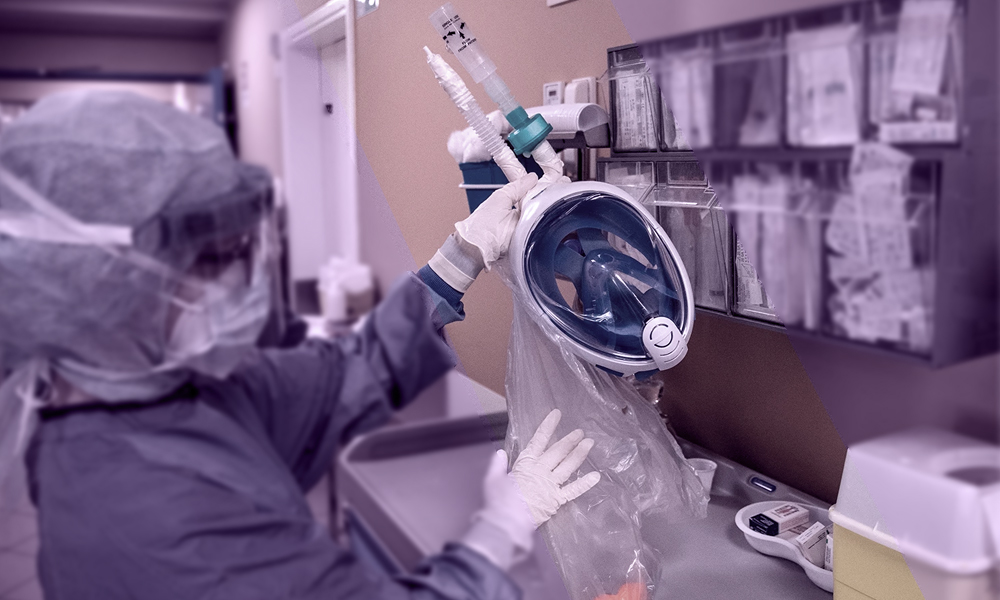
Wearable Mask Ventilator
Patients can continue living their normal lives while being placed on ventilation support with the invention of wearable invasive ventilation and portable masked non-invasive ventilation.
This invention has also seen noninvasive techniques receiving more recognition across the globe and making manufacturers integrate NIV into most ventilators as the standard mode.
Integrated Electrical Impedance Tomography (EIT)
This is a very beneficial addition to ventilator technology, as it provides radiological imaging of the lungs and chest without the need for an X-ray machine. It is an innovation that enhances continuous inspection of the pulmonary system.
It’s a radiation-free technique coupled with ventilators to monitor the state of the respiratory system. The combination of EIT with an ICU ventilator can provide a clear evaluation of many clinical issues and the best course of treatment can be established.
Closed-Loop Mechanical Ventilator
This is a special form of ventilation that employs a feedback mechanism that requires little assistance from the caretaker. This is an innovation aided by AI and Algorithms to monitor patients’ respiratory flow and modify airflow parameters accordingly.
Transport Ventilators
This is one of the latest innovations of mechanical ventilators. It’s also called a portable ventilator; one specifically designed for emergency cases and remote usage. It’s a life-saving technique that serves as instant breath assistance for individuals with a sudden breath attack or accidental respiratory problems eg. Emphysema, heart attack, COPD, etc.
Improved Ventilation Modes
Many respirators have been developed with diverse ventilator modes which aid in the assistance of medical professionals and also enhance patient outcomes. Most of these modes e.g. pressure modes, volume modes, tidal volume, assist control, and a lot more synchronically function to obtain a perfect respiratory system.
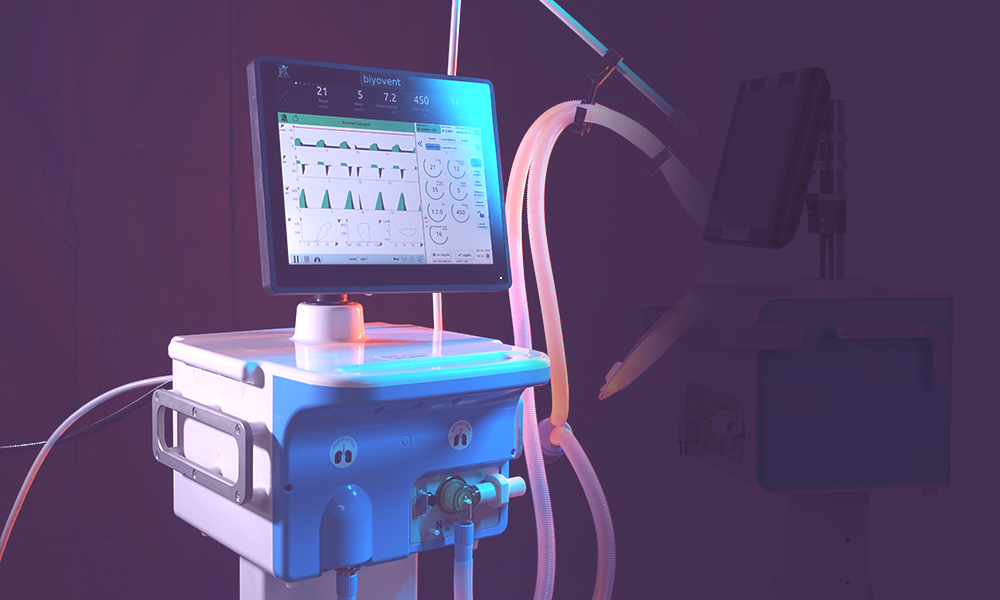
The Future of Ventilation: Trends and Predictions
Since the introduction of mechanical ventilation till date, its advancement and effectiveness have been greatly utilized in a wide range of settings. Also, there are outstanding trends and predictions for ICU ventilators that are expected to enhance quality of life, and patient care, and handle new healthcare issues soon. Some of these major trends are:
Incorporation of Telehealth and Virtual Monitoring
Soon, there is great expectation that the breath of telehealth in mechanical ventilator technology will bring an outrageous impact, as a result of more proficiency and availability. Also, it will grant medical staff the opportunity to monitor patients remotely and allow prompt intervention.
Advent of Medical Precision in Ventilation
There can be more personalized ventilation strategies for each individual as a result of modern evolution in genomics and customized healthcare. This palatability function is accomplished as a result of the individual genetic effect on various ventilator modes, enabling more accurate and efficient respiratory support.
Integration of Artificial Intelligence
With artificial intelligence and algorithm impact, it is greatly anticipated that there will be a more efficient ventilation system. Patient outcomes can be improved by evaluating information about the patient, forecasting variations in patient respiratory disorder along with customized ventilation setting recommendations.
Effective Renewable Design
Shortly, the invention of a ventilator that is fashioned with more sustainable resources, technology that conserves energy, and batteries with longer lifespans will come into existence. This will provide more healthcare solutions and improve usage adaptability and accessibility.
Advanced Interaction Interface
Ventilators are undergoing rapid tech growth in all features. However, with a more improved user interface, there will be additional functional respiratory assistance that contributes to the improvement and satisfaction of patients.
With Biosys Biomedical, discover the indispensable advancement of ventilators in the intensive care unit (ICU) and witness the impact of technologized respiratory assistance. Experience an improved medication with modernized innovative mechanical ventilation that grants an effective breathing system. With this enhanced ventilation system you can witness a breath beyond the natural. Stay healthier and breathe more with an advanced ventilation system.
References
https://pubmed.ncbi.nlm.nih.gov/21801579
https://pubmed.ncbi.nlm.nih.gov/383401/
https://rc.rcjournal.com/content/68/6/796
https://breathe.ersjournals.com/content/13/2/84

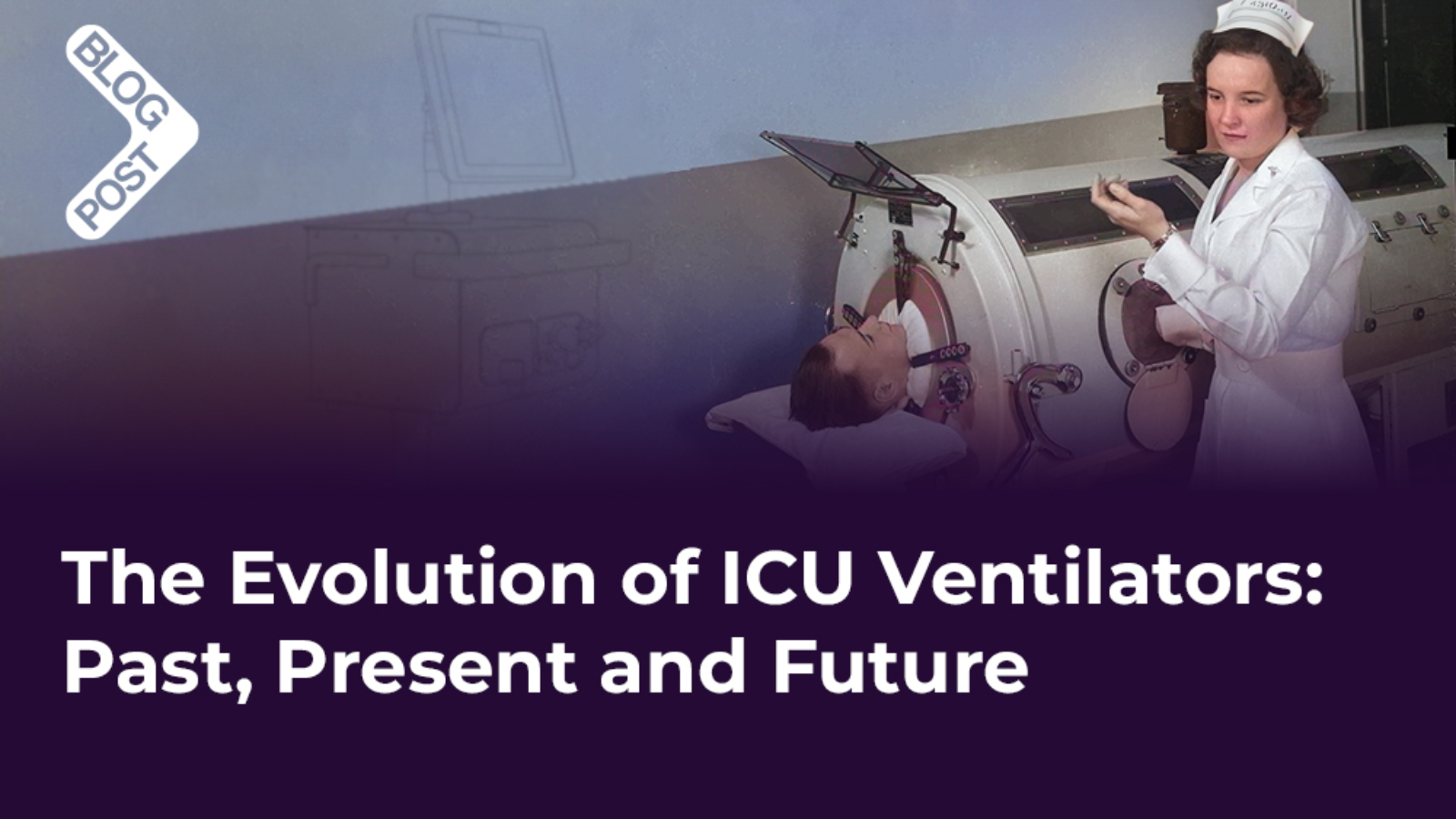
Add a Comment